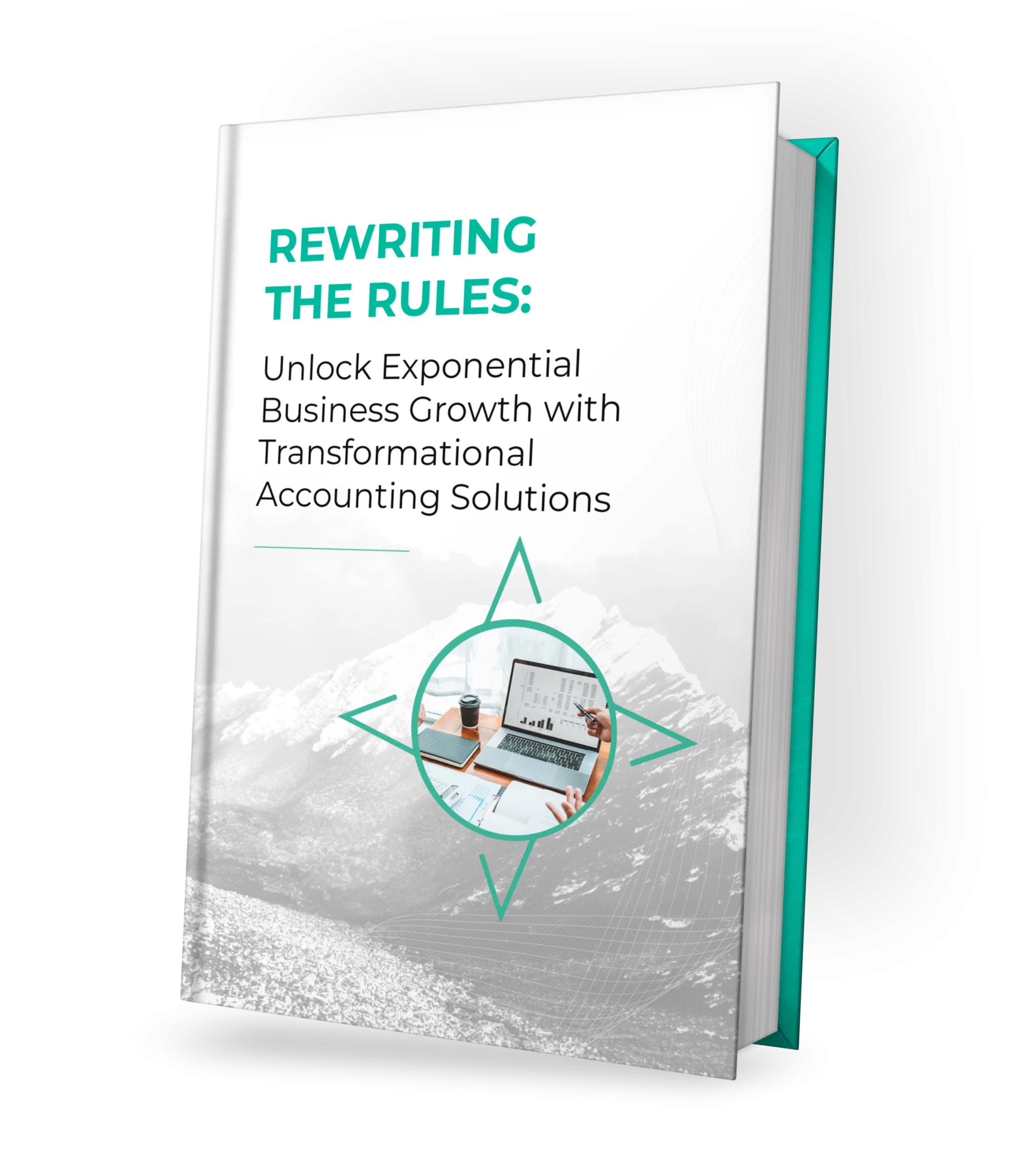For growing businesses, building a budget can help understand upcoming opportunities and how and where to spend money. The people, products, and technology a company chooses to invest in should be thoughtful decisions, made with the aim of furthering business success.
One of the easiest ways to reduce spending is budgeting. While this might seem like a no-brainer, research shows that just 54% of small businesses had a set budget for 2021. This means that just under half of small businesses operated without a budget, with the smallest most likely to go without them.
Why is budgeting so important? Among other things: short and long-term planning. Ideally, a business should operate each day with a goal—or several—in mind. Without a savings plan to reach the final destination, a company is left floundering. Mindless, and often unnecessary, spending becomes more likely, leaving the business with fewer funds for what really matters.
But how should a business go about building a budget? Here are a few recommendations for putting together an effective spending plan.
Start with Revenue
Are there a specific number of sales, customers, or units that the business would ideally reach in the year ahead? Is there room to raise prices to increase margins without deterring customers? Entrepreneurs should ponder these questions when creating a revenue forecast, while leaving room for economic uncertainty to impact their bottom line.
Make sure you build in adjustments for new initiatives or products. With anything new, it’s difficult to forecast performance, so we suggest using a baseline expectation of sales and expenses that you are confident will occur. Being more conservative here for internal tracking purposes will allow for room for the upside and less negative surprises causing difficult decisions in the future.
Reflect Back on the Previous Fiscal Year
For expenses, the best place to start when forming the company budget for a new year is to review historical performance. This provides a baseline for what spending might look like in the upcoming year. Whether it’s vendor costs, salaries, supplies, or technology, there are some costs that will remain “fixed” and carry over with minor adjustments. These are easy lifts when planning the new budget.
It’s also important to consider whether costs from previous years have risen. For instance, small businesses operating out of rented spaces are subject to a landlord’s decision to raise rates. Other examples include insurance costs, subscriptions, and employee wages. Should your baseline costs rise, you should try to adjust your products or service pricing to maintain profitability.
Use this budgeting opportunity of reviewing detailed expenses to determine if there are any costs which can be eliminated going forward. Reducing costs results in higher profit and increased cash flow and flexibility next year.
Be Realistic
Business owners setting new budgets should also take time to consider whether the company has a history of meeting set goals. If not, then it is a good idea to be more conservative with revenue and cost estimates. Also, consider what can be changed or adjusted in the upcoming year to better target those objectives for long-term growth, and for the overall vision for the company.
In terms of when to start thinking about a company’s 2023 budget, there is no time like the present. Even piecing together the beginnings of next year’s financial plan could help business owners prioritize specific goals for the remainder of the fiscal year to ease next year’s burden.
Not sure where to begin? Contact Proseer to learn more about leveraging convenient financial features for simplified budget-building.

